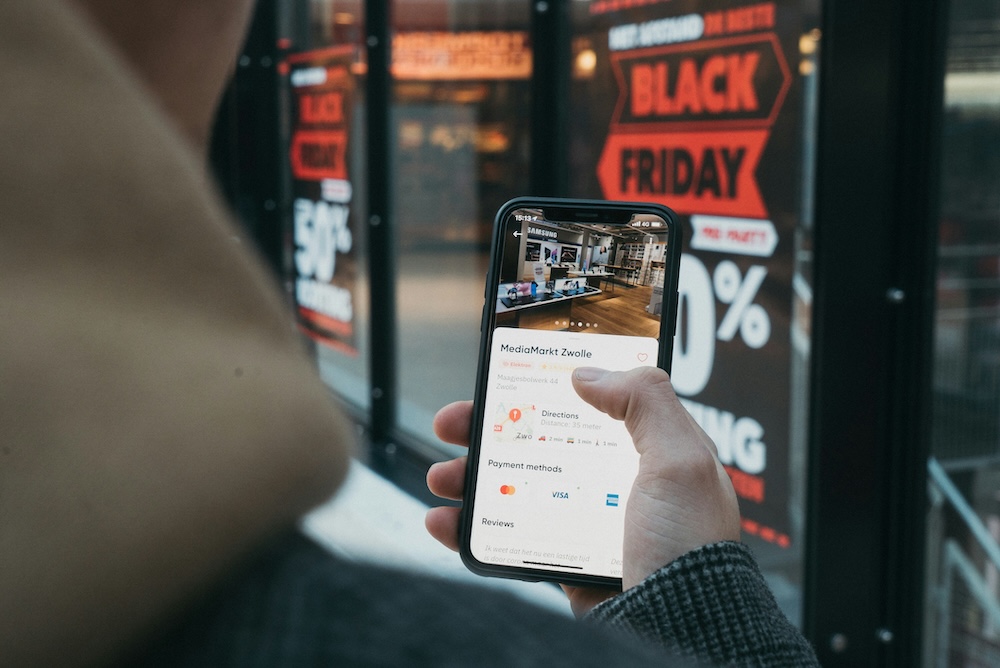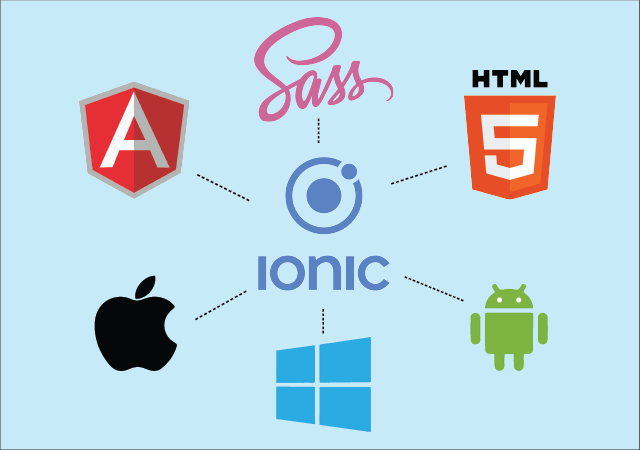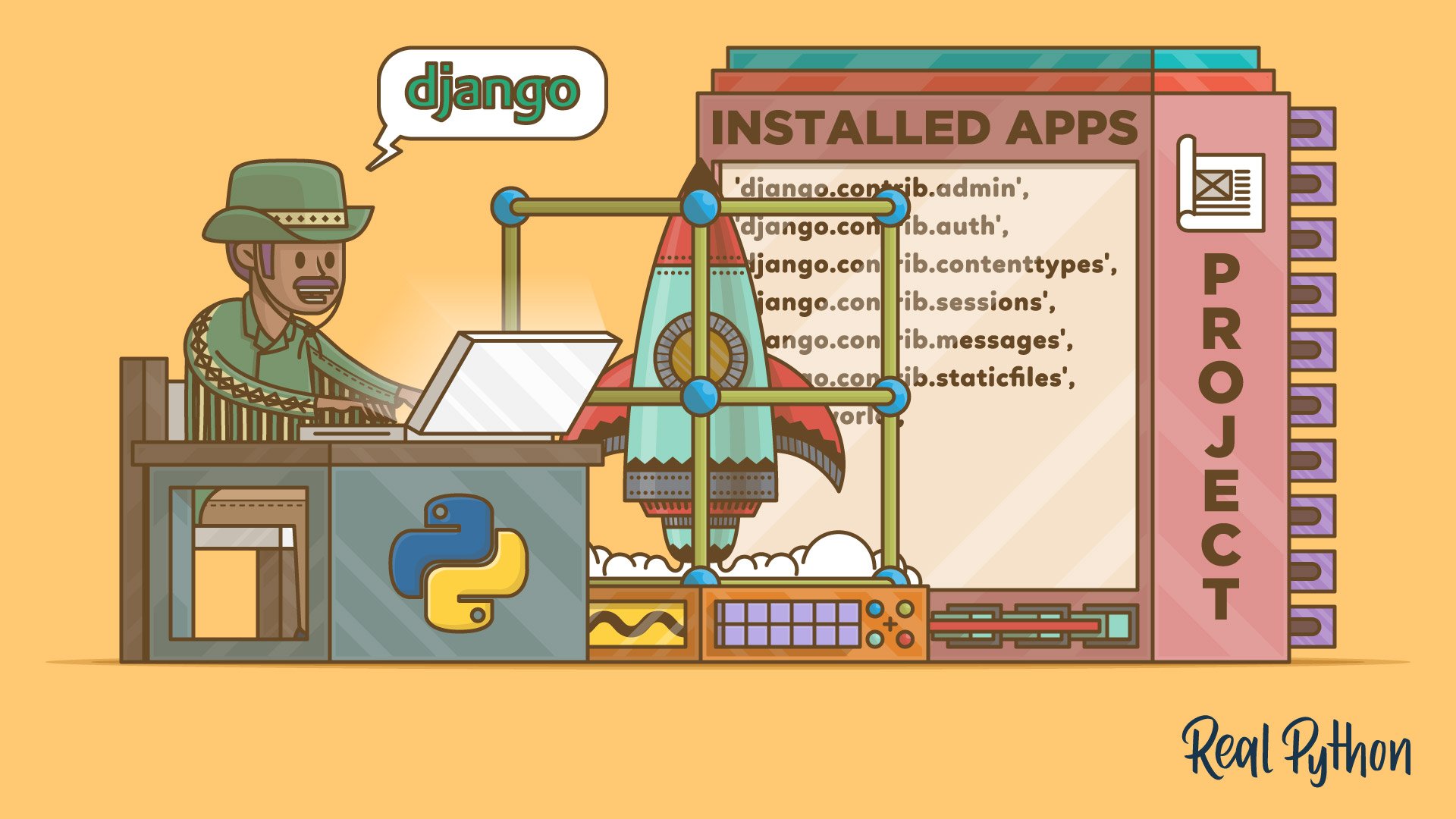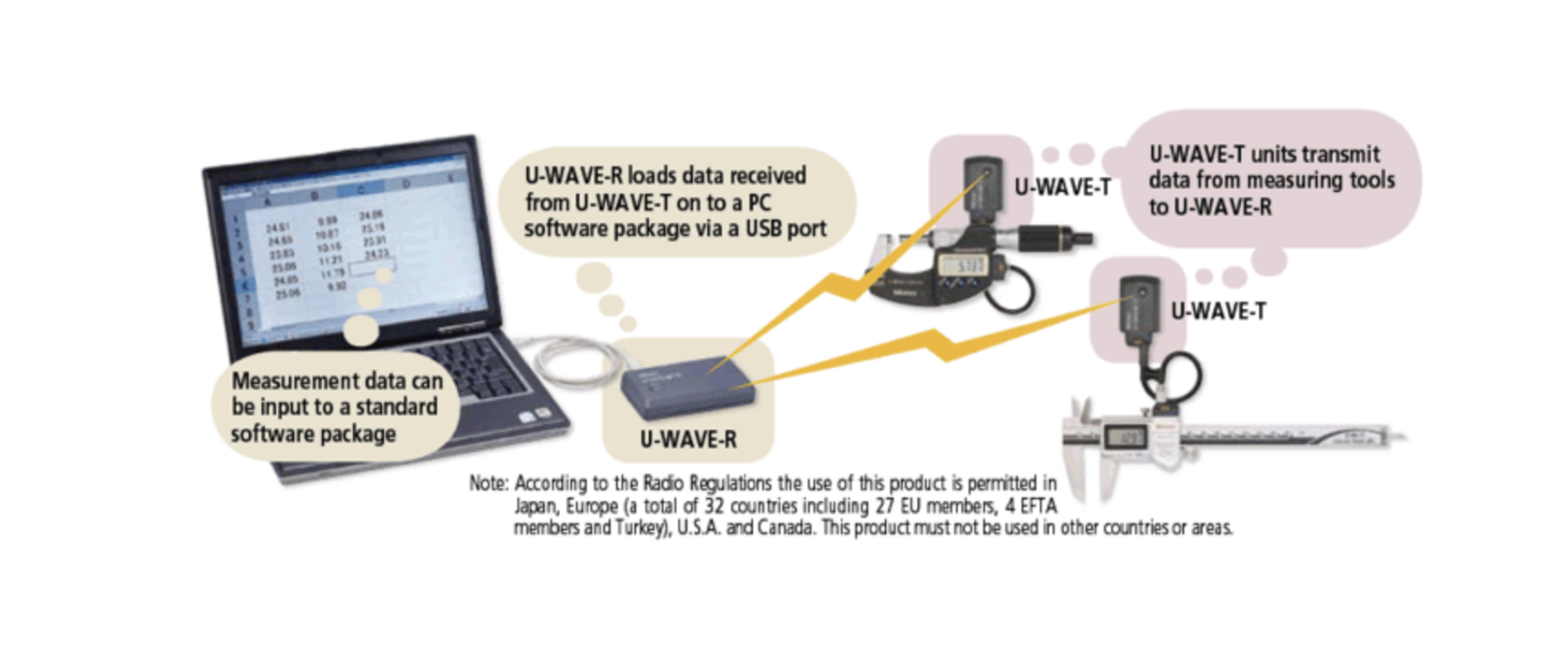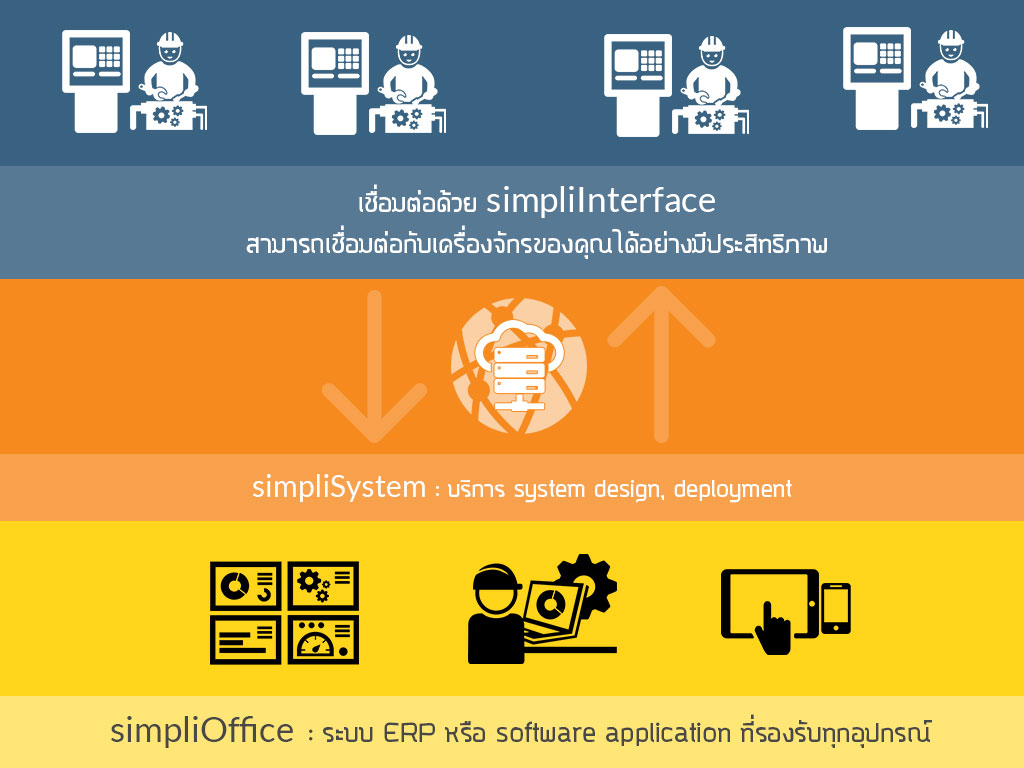How AI Supercharges Accounting and Inventory in Odoo (with Dev Insights)
Artificial Intelligence is transforming how businesses operate — and when integrated into Odoo, it unlocks new levels of automation, accuracy, and foresight in accounting and inventory management.
🔍 System Architecture: Internal vs External AI Integration
🔸 Option A: AI Inside Odoo
Use this for lightweight AI tasks embedded directly within the Odoo environment (e.g., invoice tagging, stock prediction).
graph TD
A["Odoo ERP Server"]
A --> B["Odoo Models (account.move, product.template)"]
B --> C["Embedded AI Code (Python models, joblib)"]
C --> D["AI Output Fields (e.g., x_predicted_demand)"]
D --> E["User Views / Dashboards"]Pros: Easy access to data, single system
Cons: Not suitable for large models or GPU tasks
🔸 Option B: External AI Service with Odoo API Integration
Recommended for heavy workloads, deep learning, or when AI models need to be shared with mobile apps, websites, etc.
graph TD
A["Odoo ERP Server"]
A --> B["Scheduled Jobs / Button Triggers"]
B --> C["Odoo Python Script (requests.post)"]
C --> D["External AI API (Flask/FastAPI/Django)"]
D --> E["ML Model (e.g., Prophet, scikit-learn, LSTM)"]
E --> F["Prediction Response"]
F --> G["Store in Odoo Fields (x_predicted_demand, x_category)"]
G --> H["Display in UI (Inventory, Accounting Modules)"]Pros: Scalable, flexible, ideal for GPU/complex workloads
Cons: Requires data sync and robust API handling
🧠 Where AI Fits in Odoo Modules
graph LR
A["Odoo ERP"] --> B["Accounting"]
A --> C["Inventory"]
A --> D["Purchasing"]
B --> B1["Invoice Categorization"]
B --> B2["Cash Flow Forecasting"]
B --> B3["Fraud Detection"]
C --> C1["Demand Forecasting"]
C --> C2["Stock Level Optimization"]
C --> C3["Anomaly Detection"]
D --> D1["Supplier Scoring"]
D --> D2["Auto Purchase Suggestions"]
B1 --> E["NLP / Classification Model"]
B2 --> F["Time-Series Forecasting"]
C1 --> F
D1 --> G["Clustering / Ranking Model"]✅ When to Use Internal vs External AI
| Use Case | Internal (Odoo only) | External AI Service |
|---|---|---|
| Invoice tagging | ✅ | ✅ |
| Demand forecasting | ⚠️ Slow | ✅ Best |
| Fraud detection | ⚠️ Limited | ✅ |
| Large language models (LLMs) | ❌ | ✅ |
| Cross-system AI reuse | ❌ | ✅ |
| GPU support | ❌ | ✅ |
💼 Example Use Case: Inventory Demand Forecasting with AI
- Odoo cron job triggers every night.
- Sends last 12 months of product sales to Flask API.
- AI predicts next 30 days of demand using Prophet.
- Flask sends prediction back to Odoo.
- Odoo displays "Recommended reorder" for warehouse managers.
⚙️ Prediction logic can be reused by your e-commerce site or warehouse app too.
🛠️ Need Help Building AI-Powered Odoo?
At Simplico, we help businesses like yours unlock the power of AI inside ERP systems. Whether you need:
- Forecasting models
- Custom AI APIs
- Internal Odoo modules
- Realtime dashboards
…we’ve done it before and can tailor it to your needs.
📩 Contact us and let’s build your intelligent ERP future.
Get in Touch with us
Related Posts
- 经典编程思维 —— 向 Kernighan & Pike 学习
- Classic Programming Thinking: What We Still Learn from Kernighan & Pike
- 在开始写代码之前:我们一定会先问客户的 5 个问题
- Before Writing Code: The 5 Questions We Always Ask Our Clients
- 为什么“能赚钱的系统”未必拥有真正的价值
- Why Profitable Systems Can Still Have No Real Value
- 她的世界
- Her World
- Temporal × 本地大模型 × Robot Framework 面向中国企业的可靠业务自动化架构实践
- Building Reliable Office Automation with Temporal, Local LLMs, and Robot Framework
- RPA + AI: 为什么没有“智能”的自动化一定失败, 而没有“治理”的智能同样不可落地
- RPA + AI: Why Automation Fails Without Intelligence — and Intelligence Fails Without Control
- Simulating Border Conflict and Proxy War
- 先解决“检索与访问”问题 重塑高校图书馆战略价值的最快路径
- Fix Discovery & Access First: The Fastest Way to Restore the University Library’s Strategic Value
- 我们正在开发一个连接工厂与再生资源企业的废料交易平台
- We’re Building a Better Way for Factories and Recyclers to Trade Scrap
- 如何使用 Python 开发 MES(制造执行系统) —— 面向中国制造企业的实用指南
- How to Develop a Manufacturing Execution System (MES) with Python
- MES、ERP 与 SCADA 的区别与边界 —— 制造业系统角色与连接关系详解



